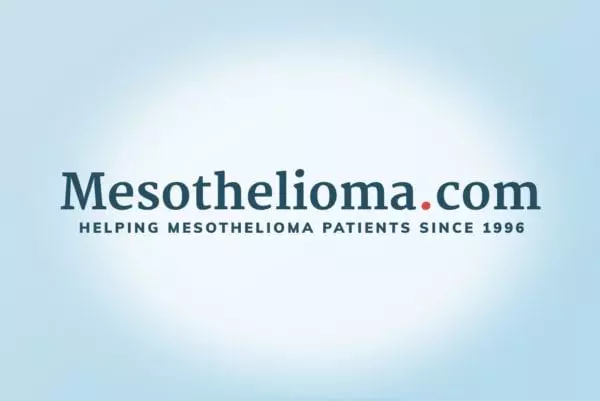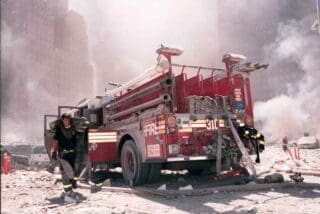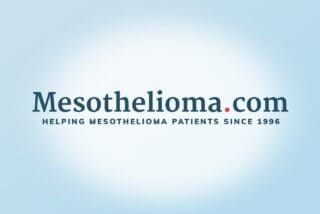Many Americans will forever remember the terrifying images from September 11, 2001. But even more so, we remember the acts of heroism witnessed that day and in its aftermath. First responders from across the city heroically rushed to the scene, not knowing what was to come.
On that day, nearly 3,000 people died, including 403 first responders. But the tragedy continues. The rubble, debris and dust from the towers contained hazardous substances, including asbestos. The Centers for Disease Control and Prevention (CDC) estimates 400,000 people may have been exposed.
In the 20-plus years following the terrorist attack, an additional 5,380 people have died. Many have died from diseases caused by exposure to toxins found at Ground Zero. In response to this ongoing tragedy, legislators have taken steps to aid the heroes affected by 9/11 illnesses.
Laws and Assistance Programs for 9/11 Victims
In the years following 9/11, many people exposed to Ground Zero dust developed cancers. Some asked the government to help with treatment and other costs but were initially denied.
However, on January 2, 2011, President Obama signed the James Zadroga 9/11 Health and Compensation Act. The new law was created in honor of James Zadroga, the first NYPD officer to die of a post-9/11 illness.
The new law created a compensation program to help first responders of the World Trade Center attacks. In 2015, an update to the act provided additional funding to first responders who are still suffering health effects from the 9/11 attacks. Many of these individuals face illnesses that take years to present. For example, mesothelioma may take decades to present symptoms.
Other ancillary programs were also established to help victims and first responders. Most of these other programs have since been incorporated into a single World Trade Center Health Program. The program covers dozens of diseases, disabilities and conditions, including various types of cancer. As of 2022, more than 26,000 program participants had developed forms of cancer potentially tied to the dust and debris from 9/11.
In July 2019, President Trump signed The Never Forget the Heroes: James Zadroga, Ray Pfeifer, and Luis Alvarez Permanent Authorization of the September 11th Victim Compensation Fund Act. This act extends the claim filing deadline to October 1, 2090.
Remembering 9/11 Victims Each Year
Every September, we honor the men and women who died because of their sacrifices on September 11, 2001, and during clean-up efforts in the aftermath of the attacks. We also honor those brave individuals still battling the health effects of 9/11.
David Miller
David Miller was a member of the New York Army National Guard in September of 2001. He spent two weeks at Ground Zero following the attacks.
In 2005, just three and a half years after being exposed to asbestos at Ground Zero, Miller was diagnosed with mesothelioma. Despite his diagnosis, Miller was a vocal advocate for government assistance to benefit 9/11 victims and first responders.
“There are tens of thousands of us who are sick from World Trade Center toxins. We’ve got respiratory disease, PTSD, gastro-intestinal disease, all types of cancer. The politicians and the general public need to know this. We need help, and we need it now. We need to get funding and research, and to raise public awareness.”
– David Miller, 9/11 First Responder, Daily Mail
Sean Callan
Sean Callan, a stone mason, worked several blocks from the World Trade Center. In the aftermath of the attacks, he assisted fleeing workers, steering them to a secure site. Later, Callan volunteered at Ground Zero for 31 days.
Two years later, Callan was diagnosed with mesothelioma, potentially related to asbestos exposure at Ground Zero.
Ernie Vallebuona
Ernie Vallebuona, a former NYPD detective, joined other police officers and emergency workers to help at Ground Zero following the attacks. Vallebuona was later diagnosed with lymphoma. His partner was also diagnosed with a respiratory condition that doctors worry will lead to mesothelioma in the future.





